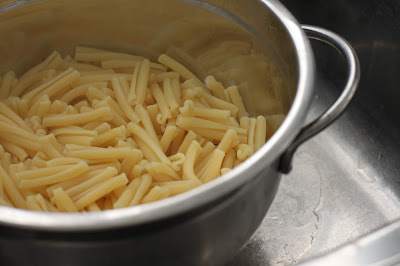“A tavola non si invecchia”. - Italian proverb (At the table with good friends and family you do not become old).
Sharing authentic Italian recipes entrusted upon me through the privilege of being invited into many Italian homes and kitchen’s abroad. I travel, cook, eat, share, learn and photograph my experiences, a truly soul enriching journey. There are now over 100 recipes on this blog to search from. I am a Melbourne born girl who now resides in Pietrasanta, Italy. Sharing my love for food and all things Italian with you. I am not a professionally trained chef, just a person that really loves cooking and has made my passion my reality! Through talent and drive I now work as a private chef in some of the most prestigious private villa`s here in Tuscany, Italy!
Sunday, November 18, 2018
Pasta al forno con tonno- Tuna bake
Thursday, September 20, 2018
Green sauce- Salsa verde
One packed cup of flat leaf/Italian parsley
One teaspoon of colavita capers http://www.basile.com.au
Five delicous anchovy fillets http://www.basile.com.au
Two gloves of homegrown garlic
Juice of one small lemon
1/2 cup of colavita olive oil http://www.basile.com.au
Pinch of salt
How to make:
1: Place all ingredients in a blender and blend to desired consistency. Experiment with favours and personal preference. You may need to add more capers or lemon juice for example!
2: Place in a glass jar and keep in the fridge for about a week. Top with a thin layer of olive oil to retain freshness.
Monday, September 17, 2018
Preserved fennel- Finocchi sott’aceto
 |
| such a cute fennel picked straight from my friends orto (vegetable garden) near Florence |
Ingredients (this recipe makes six large jars):
five fennel
two cups apple cider vinegar
two cups of white distilled vinegar
two cups of water
1/2 cup of sicilian salt
six cloves of garlic
three teaspoons of mustard seeds
three teaspoons of whole peppers
three teaspoons of fennel seeds
Saturday, July 28, 2018
Fegatini di pollo Toscani- Tuscan pate spread
 |
| Home made jars of fegatini made for tasty gifts |
 |
| A rather zany antipasto platter, with fegatini in the foreground |





















